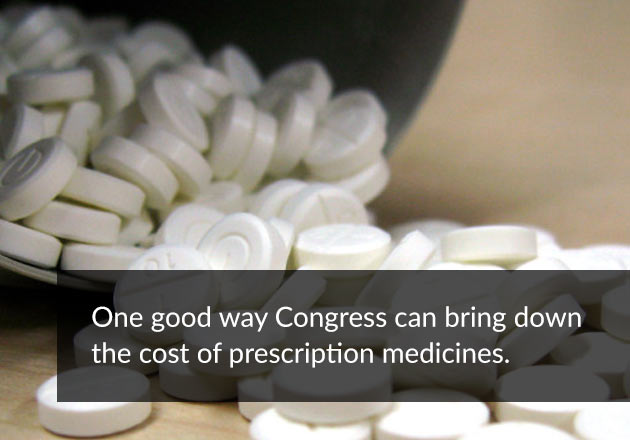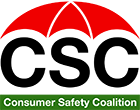
One good way Congress can bring down the cost of prescription medicines.
by Ameet Sarpatwari and Aaron S Kesselheim
Bloomberg
In late April, Patrick Leahy, a Democratic senator, and Tom Marino, a Republican member of the House of Representatives, introduced legislation to promote timely access to low-cost, high-quality generic drugs. Passing this bipartisan CREATES Act is one important way for Congress to push back against soaring prescription drug prices in the U.S.
Since 2014, net retail prescription drug prices have risen 10 percent annually, primarily driven by ever higher launch prices and more frequent markups on brand-name drugs. From 2008 to 2016, the average net price for the most commonly used brand-name retail drugs rose more than 200 percent. The average list price of a new oral anti-cancer drug now exceeds $130,000 per year.
These price increases have substantial consequences: One-fourth of patients in a 2015 survey said high costs prevented them or their family members from filling a doctor’s prescription.
Brand-name drug makers are able to set such high prices because they have patent-protected monopolies that prevent generic competition. While these monopolies may encourage investment in drug innovation, they’re also supposed to expire after a reasonable time. Then, generic drugs should enter the market and drive prices down. However, many brand-name manufacturers do all they can to delay generic entry.
For example, several brand-name manufacturers sell drugs under tight controls through a limited number of pharmacies, which they have used to prevent generic competitors from acquiring samples to conduct bioequivalence tests required for generic drug approval. The assistant general counsel of Amneal Pharmaceuticals testified to Congress that it took three years to execute a sample-sharing agreement for one drug shielded by such a restricted distribution system. As of March 2016, the Food and Drug Administration had received more than 150 reports from generic manufacturers unable to access drug samples.
Brand-name manufacturers have also refused to participate in shared efforts to devise the “risk evaluation and mitigation strategies” that the FDA requires for drugs with safety risks. These REMS programs — which can include physician training, patient registries or follow-up testing — are more efficient if they’re done collectively.
Yet generic manufacturers alleged, for example, that brand-name drug maker Reckitt Benckiser engaged in a pattern of obstruction with regard to a shared REMS program for Suboxone (buprenorphine/naloxone), the opioid use disorder treatment — by ignoring multiple meeting requests, demanding unreasonable terms, and raising novel last-minute objections. Some brand-name manufacturers have gone so far as to patent their own REMS programs.
The CREATES Act would block both these delaying tactics. If a brand-name drug maker were to withhold samples needed for bioequivalence testing, the generic manufacturer would be able to petition a court to require their sale.
To ensure patient safety, generic manufacturers seeking samples of REMS-covered drugs would have to subject their testing protocol to FDA review. But the FDA would be authorized to approve the generic drugs with an independent REMS or to require a single, shared REMS. The Congressional Budget Office has estimated that the CREATES Act would help save the federal government more than $3 billion on drug costs.
More than 70 percent of Americans consider prescription drug prices to be unreasonably high. The CREATES Act wouldn’t address all the factors that contribute to the problem, but it would be a sensible attempt to see that low-priced generics can get to market as fast as possible.
